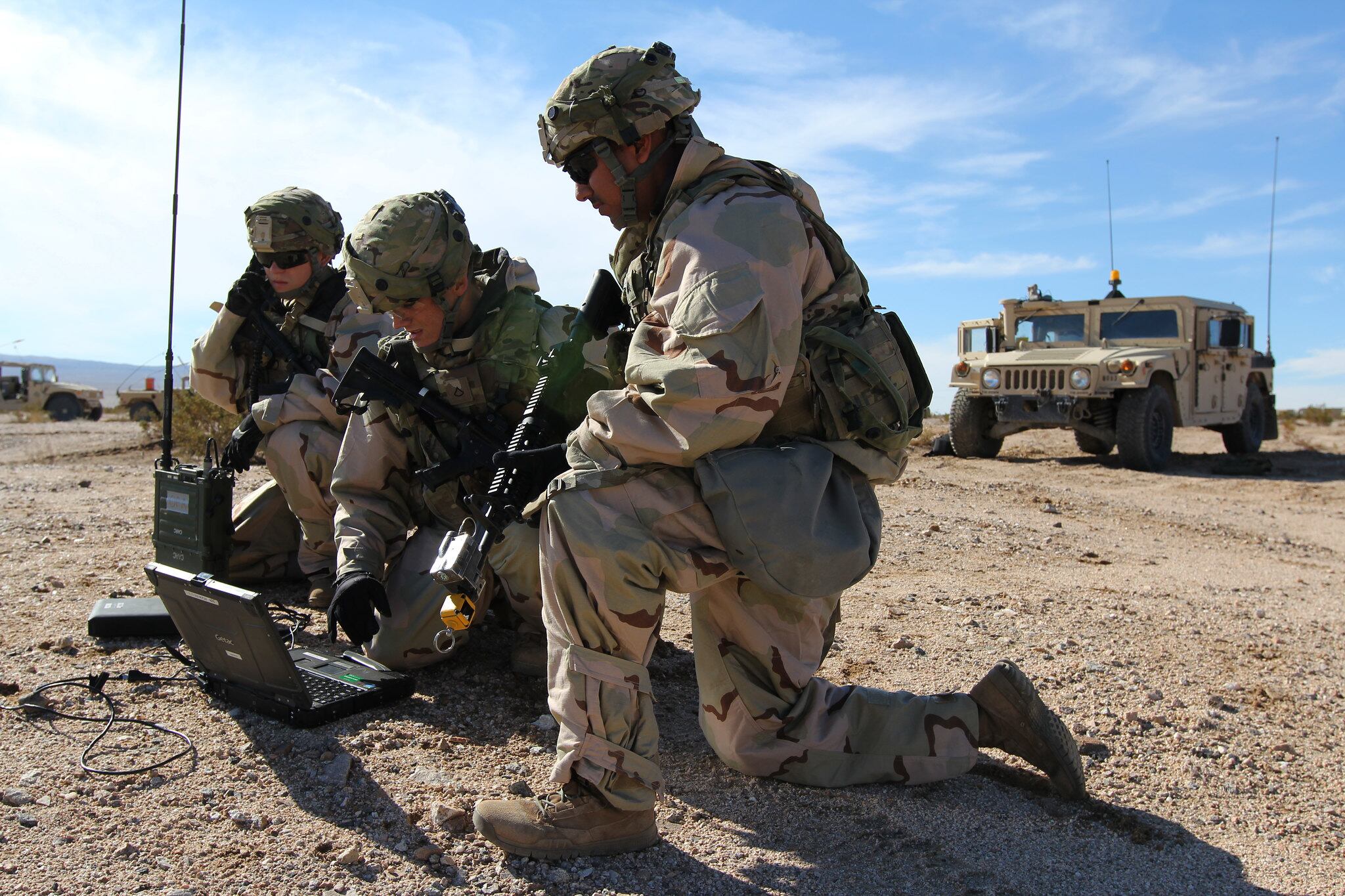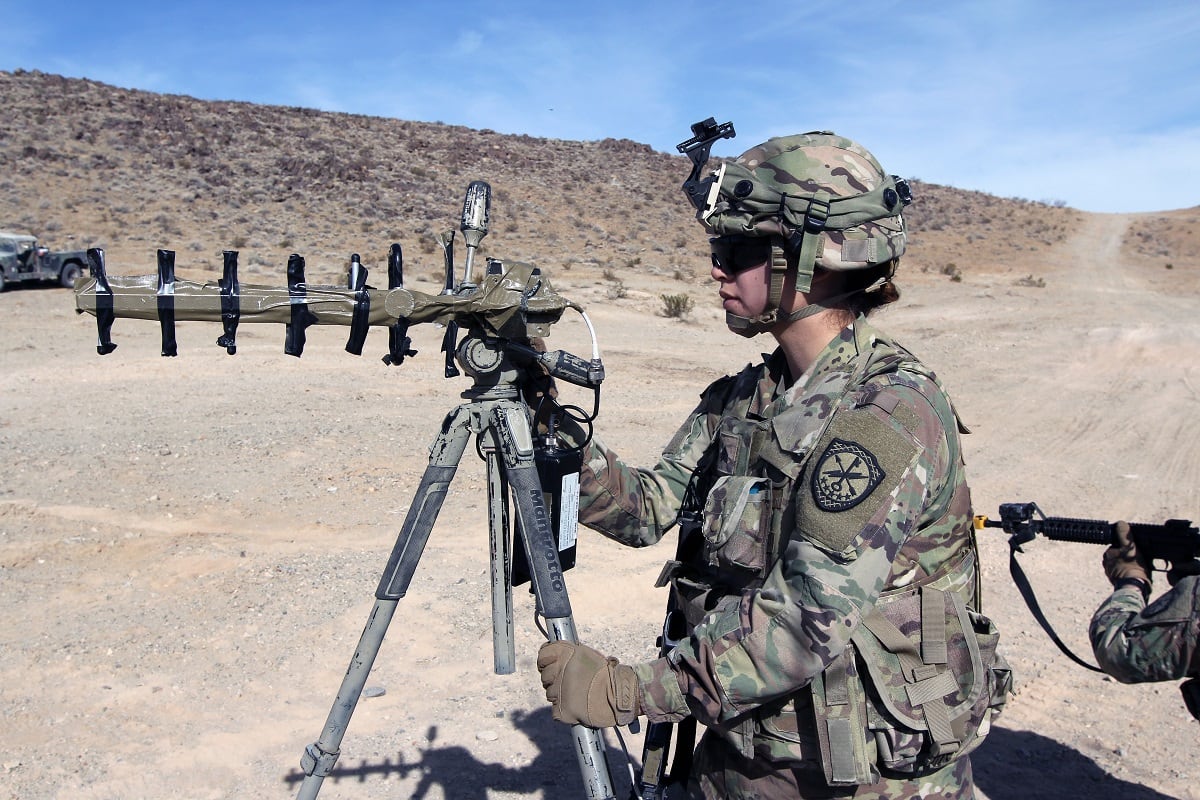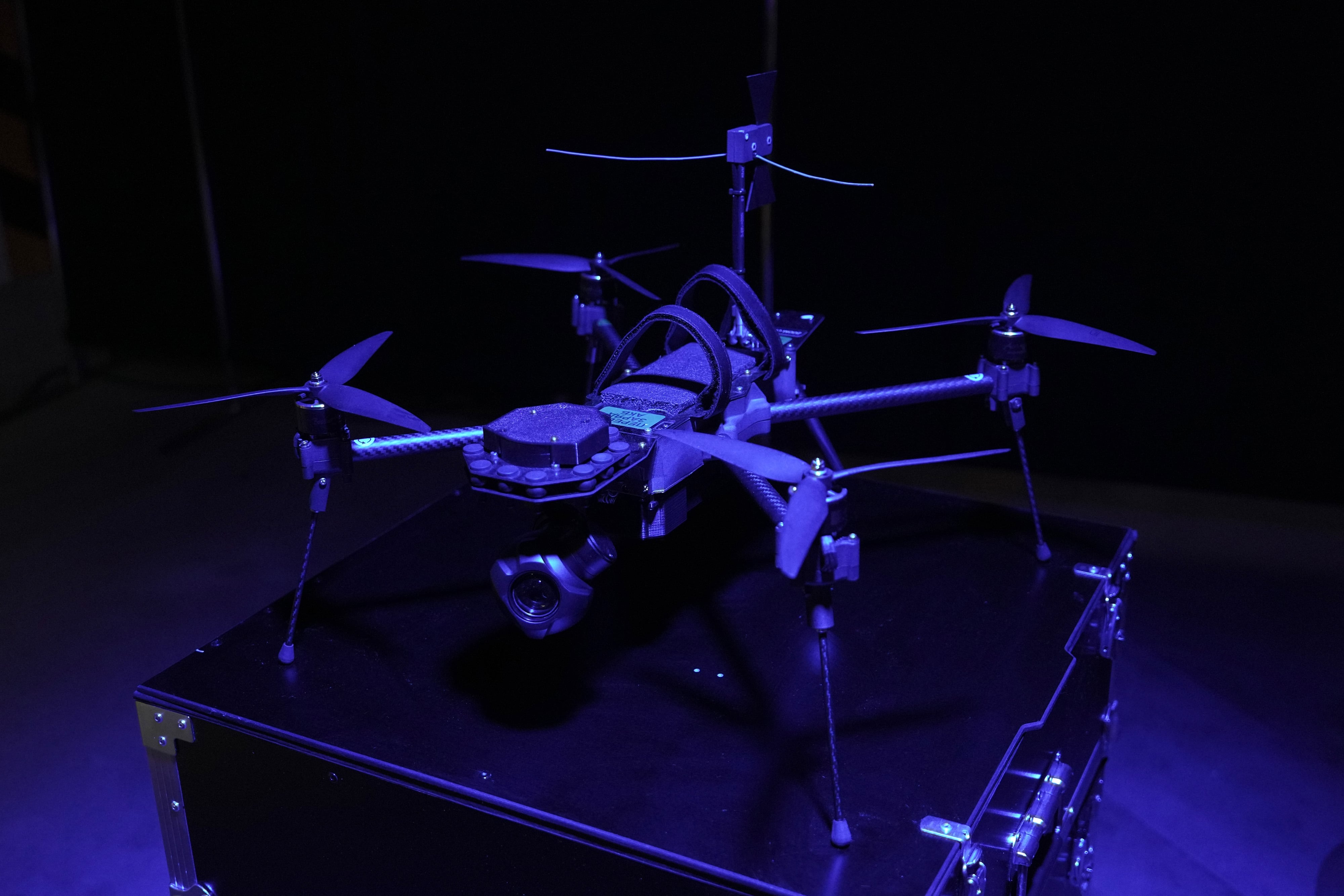WASHINGTON — The U.S. Army now has a prototype for a new tool that allows commanders to visualize and understand the cyber terrain within their environment.
Just as commanders must understand the obstacles and forces — friendly or otherwise — in their battlespace to make informed decisions, so too must they understand their cyber terrain, which they are currently unable to do from the command post.
Cyber Situational Understanding, or Cyber SU, will ingest data and information from a variety of systems and sensors, such as Distributed Common Ground System-Army and the Electronic Warfare Planning and Management Tool. The prototype will also transform that data into useful information.
The system will provide this integrated picture within the web-enabled Command Post Computing Environment, or CPCE, that will consolidate current mission systems and programs into a single user interface at the command post.
The system, ordered in a $21 million contract in April with Research Innovation Inc., will allow the cyber and electromagnetic activities staff section to better visualize and plan cyber operations, which to date has been a heavily manual process.
This is different than tools for the cyber mission force that feed up to U.S. Cyber Command and conduct remote operations on behalf of combatant commanders or in defense of the nation. This tool is specifically for ground-based brigade commanders to assess their terrain and risk in cyberspace as well as on the electromagnetic spectrum.
“The goal is that the end user won’t see the actual Cyber SU product and will be able to work in their native environment on CPCE and see a cyber overlay of critical information in support of their mission,” said John Keenan, chief engineer for cyber with Product Manager Mission Command. “There’s a lot of work being done on the back end to make that happen, but from a user experience it doesn’t feel like we just threw another application at them.”
The official prototype was delivered to Program Executive Office Command, Control and Communications-Tactical following several user tests, an Aug. 12 Army release said.
The Senate, in a recent provision accompanying the annual defense policy bill, is looking to minimize funding for the program, arguing the effort is redundant when compared to another program under development for Cyber Command and the joint cyber force called Project IKE. However, IKE is designed to help visualize and plan cyber operations as opposed to aid understanding and decision-making of brigade commanders on the ground.
RELATED

Soldiers from the 915th Cyber Warfare Battalion provided feedback for the first time on the Cyber SU prototype. Created in 2019, the battalion will consist of 12 teams that support brigade combat teams or other tactical formations, helping to plan tactical cyber operations for commanders in theater and unilaterally conduct missions in coordination with forces in the field.
They conducted a three-day event on Fort Gordon, Georgia, at the end of June at the Cyber Battle Laboratory with remote participation from various personnel evaluating the software and providing feedback on how support the cyber and electromagnetic activities staff section and the commander.
For additional testing, Cyber SU will participate in Cyber Quest 2020, an annual technology experimentation at Fort Gordon that allows the Army to test technologies and concepts from industry to help solve anticipated problems.
During the experiment, soldiers in a brigade operations center will use the system to perform a mission, allowing personnel on the cyber and electromagnetic activities staff section to use it in the decision-making process. Feedback from the event will help inform engineering release development operations with 3rd Brigade, 101st Airborne Division in October for continued development of the system, the Army said.
Cyber SU is slated to reach initial operational capability in fiscal 2022. Delivery will begin on Tactical Server Infrastructure hardware along with the latest CPCE software baseline.
“Cyber Quest and follow-on DevOps with 3/101st in operational environments will prove out Cyber SU as a single [common operating picture] supporting commanders’ tactical decisions,” said Lt. Col. Scott Shaffer, product manager for Mission Command Cyber.
Mark Pomerleau is a reporter for C4ISRNET, covering information warfare and cyberspace.








